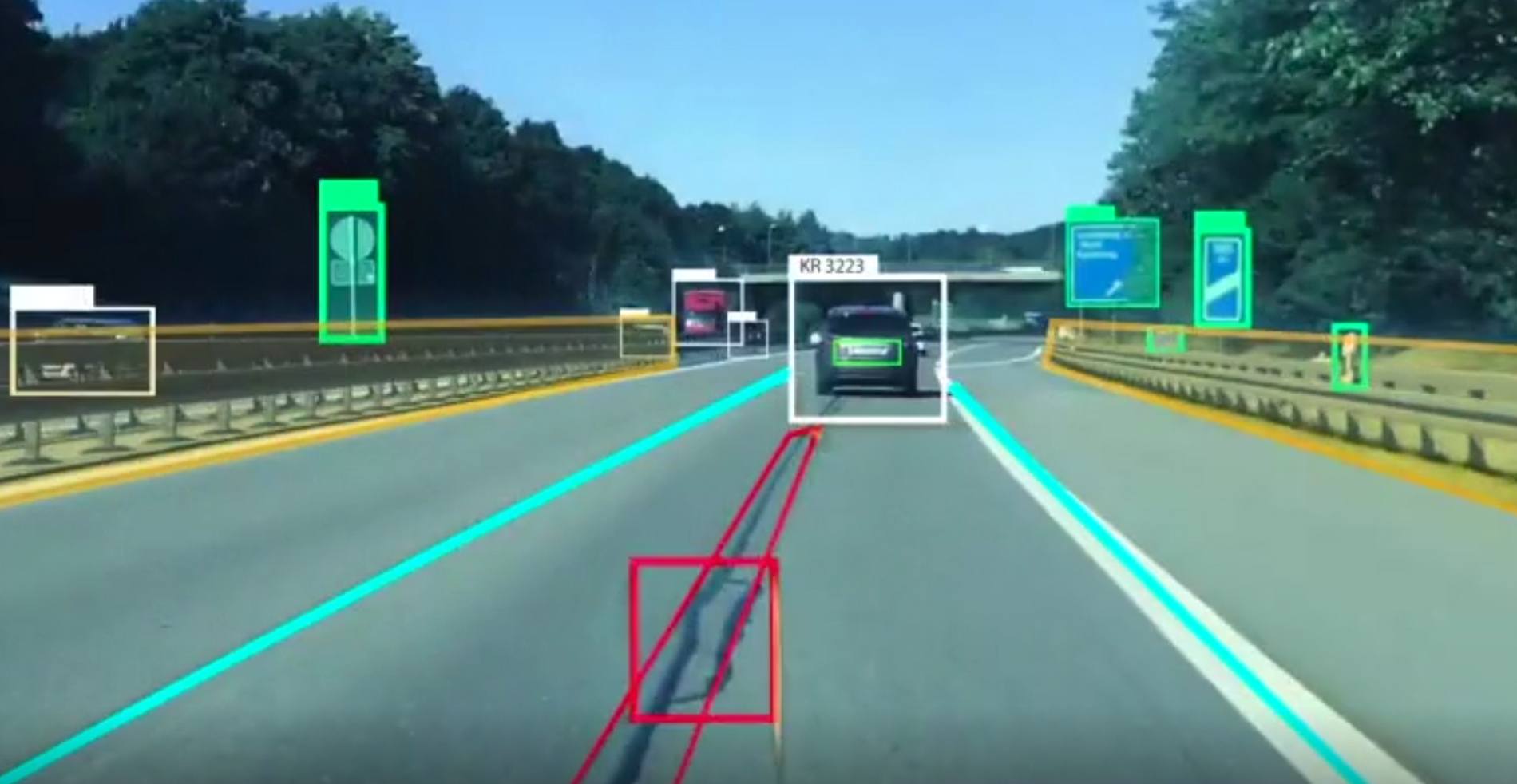Subscribe to the newsletter
Use of AI on the roads
Artificial intelligence (AI) is a major contributor to the changes taking place in most areas of our daily lives. This includes transportation. Intelligent data analysis through AI algorithms is able to provide us with a higher level of safety and more comfort in road traffic in the future.
The frequent use of location sensors and smartphones in vehicles contributes to the development of road infrastructure and the gradual evolution of the approach to its design. The possibilities offered by these technologies are used to collect, process and exchange information between road users and transport service providers. They also allow the monitoring and creation of patterns based on the analysis of the behavior of other people and vehicles on the road. The data generated in this way form the basis for optimizing the road network and managing and monitoring traffic.
AI also enables computers to perform activities that were previously the preserve of humans. This includes driving vehicles.
Autonomous cars
The most advanced and at the same time most discussed use of AI in road transport is vehicle automation. The International Automotive Association (SAE) classifies vehicles according to six levels of automation (0 means no automation at all). The levels are based on who (driver or system) is at the wheel at which point in time.
The majority of modern cars are equipped with functionalities that allow them to be classified in the first or second level. These functionalities usually include parking and lane keeping assist, cruise control and adaptive headlights. Their role is to assist the driver and warn of potential threats. However, they do not replace humans in activities related to driving a vehicle.
Few car manufacturers are currently developing models with partially automated functions such as autonomous parking and autopilot (level three, according to SEA,). However, these solutions have only facilitating purposes and do not replace the presence of the driver in the vehicle.
Technology giants such as Google, Tesla, Amazon and Apple have been working on autonomous cars projects of autonomous cars for several years. Fully automated vehicles are expected to be commercialized by leading car manufacturers in the future. They will use real-time data collected by radars, cameras, location sensors and digital maps. The goal is for the cars to be able to drive fully autonomously regardless of external conditions.
Smart cities
AI undoubtedly improves the latest technologies to be used in transportation infrastructure and its management. The main purpose of using artificial intelligence in this case is to improve safety conditions and to be able to control and monitor traffic in real time.
An example of such technology is intelligent traffic lights, where the light cycle is adapted to the actual traffic flows. The system is also equipped with sound and image processing so that it can give priority to vehicles such as ambulances or fire trucks.
The popularization of AI in the automotive industry is also linked to the development of multimodal transportation. Autonomous vehicles could be used for delivery services. This would give people living in rural areas, which are usually inaccessible to most delivery services, a chance to access more services.
At the moment, the use of AI in road transport is still quite limited. Many people still lack confidence in this technology, and the use of autonomous vehicles on the roads is restricted by local laws in many countries. Nevertheless, in the future we can expect a revolution in transportation caused by the development and spread of artificial intelligence.















